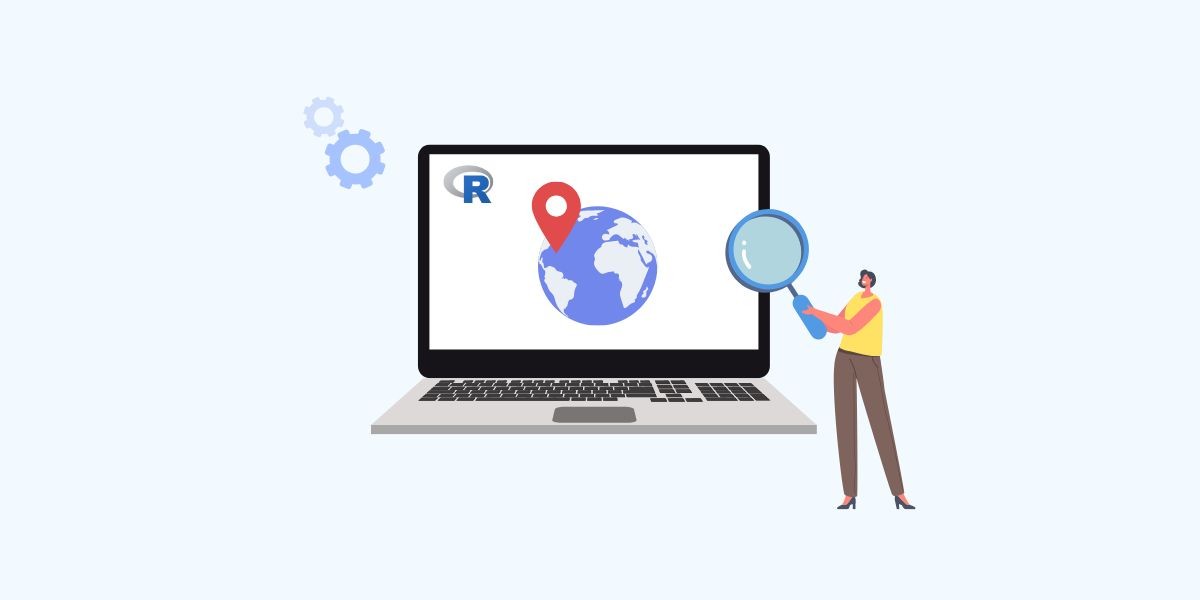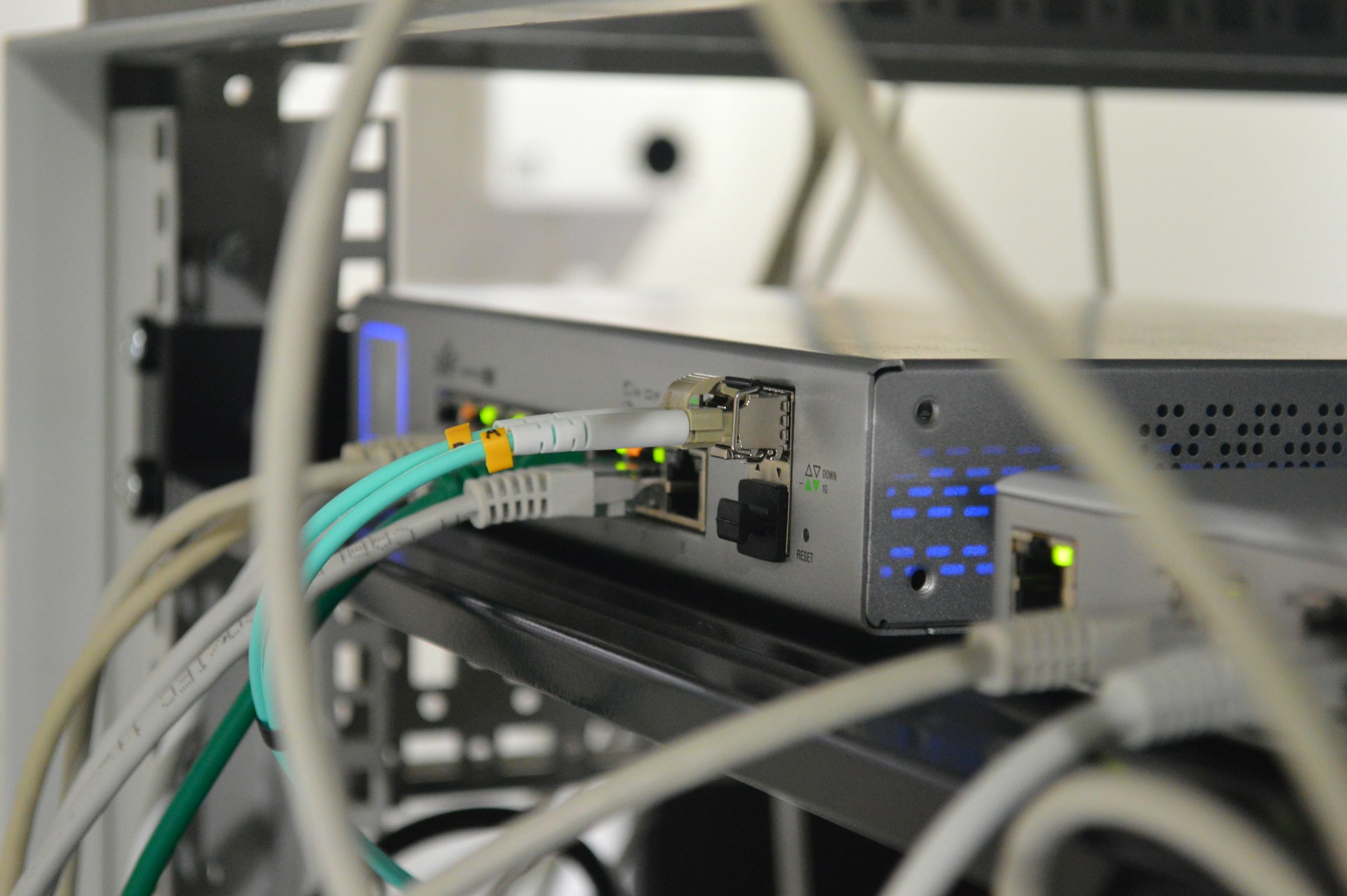
Modern machine learning algorithms require large amounts of data to train and optimize models. However, it can be difficult to find high-quality and up-to-date data, especially when it comes to specific information that is not available in open sources. In such cases, parsing for machine learning comes to the rescue – the process of automatically collecting data from web pages and other resources.
Machine learning parsing is used in a wide range of applications, from natural language processing (NLP) and computer vision to market data analysis and predictive analytics. It allows you to quickly and efficiently extract data, transform it into a convenient format and integrate it into ML models. In this article, we will discuss what data parsing for machine learning is, why you need it, and how to set it up correctly.
What is data parsing for machine learning?
Data parsing is the process of automatically collecting, structuring and analyzing information from various sources. In the context of machine learning, it allows you to extract the data you need to train your models. This can include:
- Textual information (news articles, reviews, comments, forums);
- Images and videos (graphs, charts, photos);
- Numerical data (stock quotes, statistics, business metrics);
- Structured data (tables, JSON, XML).
Thanks to parsing it is possible to collect large amounts of data in a short time and form datasets for further processing and analysis.
Why web page parsing for machine learning?
Parsing web pages for machine learning offers many benefits:
- Access to up-to-date information – parsing can be used to collect data for machine learning on a regular basis.
- Creation of specialized datasets – if you don’t have the data you need in the public domain, parsing allows you to collect it yourself.
- Saving time and resources – manual data collection is time-consuming, while automated methods can significantly speed up the process.
- Data enrichment – combining data from multiple sources helps to create more accurate and diverse training samples.
Web data parsing is particularly useful in NLP, trend analysis, financial forecasting and other areas where you need to work with up-to-date data.

How to set up web data parsing for ML?
Before using parsing in machine learning, it is worthwhile to do the proper setup and decide on the tools.
Choosing Parsing Tools
A variety of tools can be used to parsing web pages, including Python libraries and specialized services. How to set up parsing for machine learning and choose tools for it? Among the popular solutions, the following are suggested:
BeautifulSoup is a handy library for parsing HTML and XML documents. Suitable for working with simple pages.
Scrapy is a powerful framework for automatic data collection that supports scaling and asynchronous parsing.
Selenium is a tool for simulating user actions in the browser, useful for parsing dynamic sites.
API services – some sites provide APIs to retrieve data without the need for parsing.
The choice of the appropriate tool depends on the complexity of the task, data structure and speed requirements.
Connecting proxies for parsing
When collecting data from web pages in bulk, sites may block requests, perceiving them as suspicious activity. Using proxy servers and OpenVPN can help you avoid restrictions and improve parsing efficiency.
A proxy server performs several important functions:
- Bypass blocking and captchas – using a proxy allows you to change your IP address, avoiding bans.
- Request anonymity – mobile proxy services help to hide real location and helps to simulate requests from different users.
- Load balancing – by using multiple proxies you can distribute traffic, improving parsing speed.
For efficient parsing, it is important to choose reliable proxy providers, perform proxy testing, and use IP address rotation.

Parsing sites for machine learning: key technologies
Modern parsing methods allow collecting and structuring huge amounts of data, which makes them indispensable in the field of machine learning. Depending on the availability and format of the data, different approaches are used, including API integration and parsing automation using Python.
Using APIs to collect data
Many major platforms and websites provide APIs (Application Programming Interface) for easy and legal access to their data. Using an API has several advantages over traditional HTML code parsing:
- Structured data – APIs return information in a convenient format (JSON, XML), which simplifies processing.
- Fast and reliable – data is updated in real time, and the API itself works faster than parsing web pages.
- No blocking – working through the official API eliminates the risk of being banned for excessive activity.
Examples of useful APIs for machine learning
- Twitter API – collecting tweets to analyze tone or predictive analytics.
- Google News API – aggregate news for training NLP models.
- Alpha Vantage API – access financial data to predict markets.
- OpenWeather API – weather data useful for modeling in the agricultural sector and logistics.
However, not all sites provide APIs or open access to their data, so traditional web scraping has to be used in such cases.
Automate Parsing with Python
Python is one of the most popular programming languages for automating parsing. With an extensive ecosystem of libraries and tools, you can efficiently collect, process, and analyze data.
The most popular Python tools to perform web data parsing for machine learning:
- BeautifulSoup is a handy tool for extracting information from HTML and XML. Suitable for working with simple websites.
- Scrapy – powerful framework for parsing large amounts of data, supports multi-threaded data collection.
- Selenium – emulation of user behavior in the browser, useful for working with dynamic sites (JavaScript).
- Pandas – data processing and structuring after data extraction.
The combination of different tools allows you to create powerful data collection systems that can be easily integrated into ML models.
Conclusion: Parsing perspectives for machine learning
Parsing plays a key role in machine learning by providing access to relevant and diverse data. Advances in API integrations, process automation, and cloud technologies are making data collection even more convenient and efficient.
In the future, specialized services are expected to proliferate to provide structured data for machine learning without the need for self-parsing. However, the flexibility and versatility of web scraping will remain in demand, especially in areas where access to data is limited. For smooth operation, it is now possible to use proxies for programs and software to help parsing run smoothly.
Using website parsing for machine learning means new opportunities for analytics, predictive modeling, and process automation. This makes it an important tool in the arsenal of data scientists.









